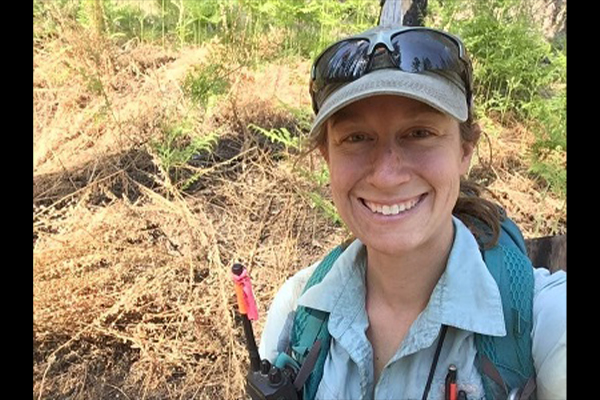ALWRI welcomes biological scientist, Dr. Kira Hefty

The Aldo Leopold Wilderness Institute welcomes Dr. Kira Hefty on board as a (non-RGEG) biological scientist! Kira is a wildlife biologist whose research has focused on wildlife distribution modeling and habitat assessment, including vegetation composition and structure, patterns of biodiversity, and landscape connectivity. With a diverse background working among land managers and within academia, Kira is inspired to produce defensible science that is directly informed by and responsive to conservation and management needs. From forested wetlands to rangelands and high elevation conifer forests, Kira has worked with managers to develop and assess management strategies in regions highly affected by both acute disturbance, such as wildfire, and prolonged landscape change associated with climate change and habitat degradation. She has used fine-scale data collected in the field in combination with remotely sensed imagery to address management challenges on multiple spatial scales and provide data to inform future decisions. In addition to an array of projects that Kira will support, she is excited to apply her knowledge and skills to understand how designated wilderness areas may perform as potential sources of biodiversity and refugia for wildlife species amid ongoing environmental and socioeconomic stressors.
Kira has a B.S. in Biology and Environmental Studies from Northland College in Ashland, WI, a M.S. in Biology from the University of Nevada-Reno, and a Ph.D. in Wildlife Conservation and Management from the University of Arizona in Tucson. Kira obtained additional experience working in applied biology as an intern, Americorps volunteer, and research associate with various non-profit organizations. Kira most recently joins ALWRI from a position as a post-doctoral researcher with the Oak Ridge Institute for Science and Education where she researched the impacts of wildfire, bark beetle damage, management strategies, and climate change on the current and future distribution of more than 200 terrestrial wildlife species in the central Sierra Nevada Mountains.